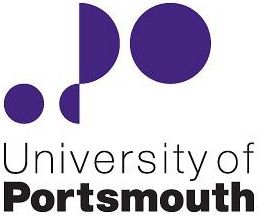Language:
English
Subject area: medicine, health care
Qualification: BSc
Kind of studies: full-time studies
Imaging
Imaging is the representation or reproduction of an object's form; especially a visual representation (i.e., the formation of an image).
Medical Imaging
Medical imaging is the technique and process of creating visual representations of the interior of a body for clinical analysis and medical intervention, as well as visual representation of the function of some organs or tissues (physiology). Medical imaging seeks to reveal internal structures hidden by the skin and bones, as well as to diagnose and treat disease. Medical imaging also establishes a database of normal anatomy and physiology to make it possible to identify abnormalities. Although imaging of removed organs and tissues can be performed for medical reasons, such procedures are usually considered part of pathology instead of medical imaging.
Radiography
Radiography is an imaging technique using X-rays to view the internal form of an object. To create the image, a beam of X-rays, a form of electromagnetic radiation, are produced by an X-ray generator and are projected toward the object. A certain amount of X-ray is absorbed by the object, dependent on its density and structural composition. The X-rays that pass through the object are captured behind the object by a detector (either photographic film or a digital detector). The generation of flat two dimensional images by this technique is called projectional radiography. Computed tomography (CT scanning) is where multiple two dimensional images from different angles undergo computer processing to generate 3D representations.

